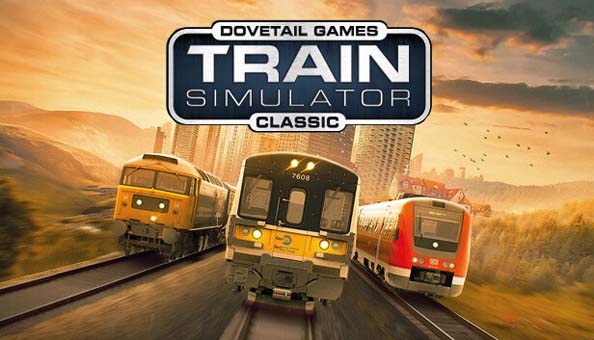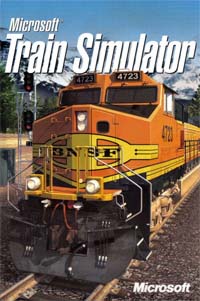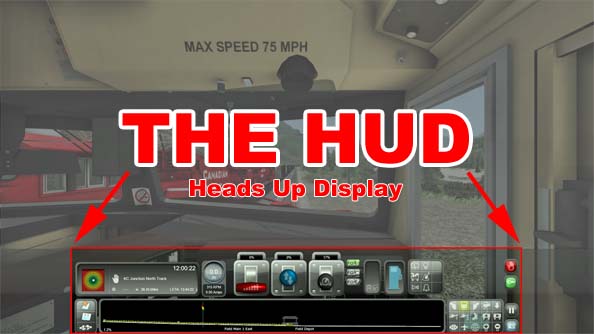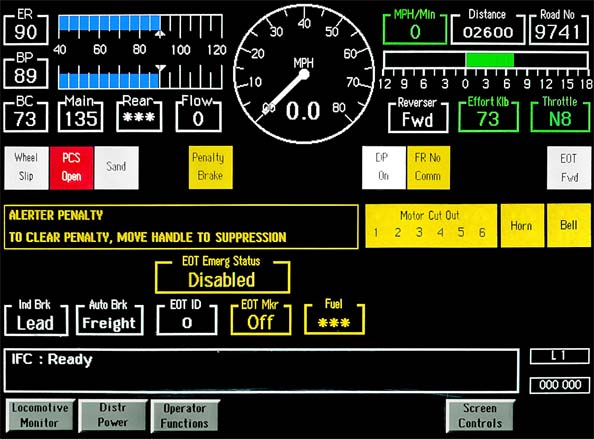INTRODUCTION |

The software came with six scenic routes but also offered the option to produce individual route modules which resulted in a cascade of many new routes being produced by individuals and software providers. Along with new routes many many locomotive types were also created, diesel-electric and steam. There were even several Canadian Pacific Railway steam locomotives made available back then.
MSTS only lasted until Microsoft ended it all in 2009. Perhaps the constant upgrading of Windows, XP, Vista, 7, 8, 10, and 11 probably killed MSTS.
Over time other train simulator software took up the slack (pun intended) including the version mentioned here. With the purchase of the "Add-on" named "Canadian Mountain Passes" the Canadian Pacific Railway (now CPKC) mainline through Golden, Revelstoke, Rogers Pass, Lake Louise, and Eldon are included in this route.
Right out of the box (more likely purchased over the internet), it's readily apparent how the locomotive controls function without bothering to read the manual. Sim locomotive controls are displayed in what they call a HUD (Heads Up Display) along the bottom of the computer's screen. While this makes for an easy learning curve the more prototype simulations that were part of MSTS are not included, unfortunately. There are no notches to the throttle which just displays a percentage, as do the independent, automatic, and dynamic brakes. There's no indication of brake pipe pressure so one has no idea what air reduction is made, or how long it takes to recover the air. Additionally, there are some noticeable errors with the scenery displays, such as the use of interlocking signals at the end of a siding where one would expect a dwarf, or switch heater cabinets appearing where there are no switches. Simple mistakes, but very noticeable.
The HUD (Heads Up Display) is overlaid on the bottom of a computer's screen. Its primary controls are activated with a mouse, or keyboard, and accelerate or brake a locomotive. Switches provide loco utilities such as the headlight, horn, bell, windshield wipers, and sand dispersal. Below that are the control switches which display various viewing positions such as looking ahead from the cab, left and right forward views out the windows and others. The current scenario is also displayed along with a G force indicator, map, task, uncoupling switches, and grade indicator. Click/tap the enlarged HUD image above to see all the controls
For those of you who find the Dovetail Games HUD display un-sophisticated, or un-prototypical, there's a solution offered by Searchlight Simulations. They have an add-on module, at a price of course, for a simulated AC4400CW locomotive and cab controls that will blow you away. Unless you're a qualified AC4400CW locomotive engineer you'll need plenty of study and practice to operate this bad boy!
Here's a quick comparison of the two sims which will give you a hint as to Searchlight Simulations AC4400CW complexity.
With Dovetail Game's HUD, engine start/stop is basic, just press the engine start button. With Searchlight Simulations add-on, first you have to open the nose door to the cab, enter the cab, move to the rear door and open it, move along the catwalk to the carbody engine access doors, open the doors, operate the engine start procedure inside the hood, return to the cab, set the circuit breakers and switches on the panel on the back wall of the cab... then... the engine will start. So if this is any indication you can guess the amount of learning you'll need to operate the locomotive using the simulated control stand features. Even the reverser has a security function, it's removeable, so it must be inserted before moving the locomotive. Let's end this brief comparison here as an article alone could be written about this sim's operation. You'll find a link to a video on the Biblio page which shows this sim in operation as it is explained by the videographer.





